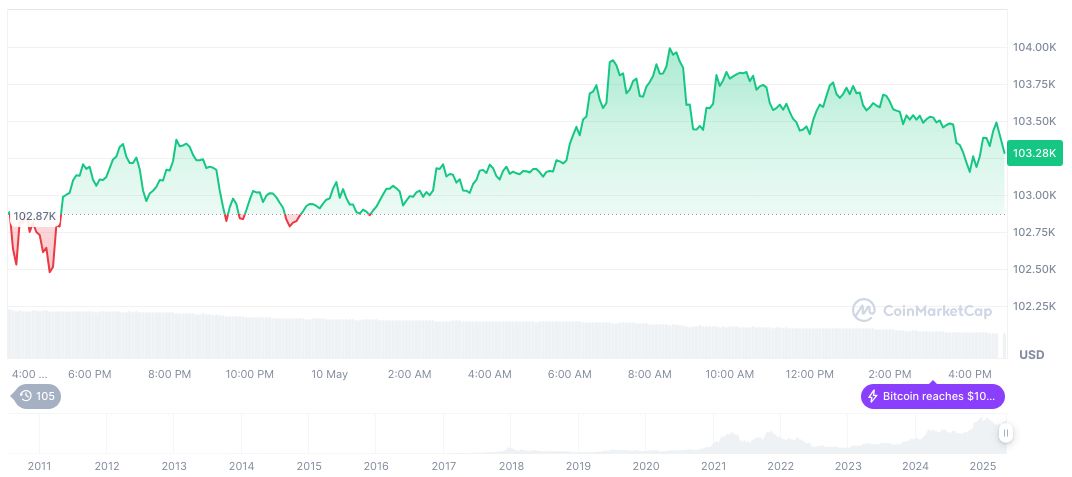- The Fed slows balance sheet reduction amidst market adjustments.
- The balance sheet shrinks to $6.7 trillion.
- Quantitative tightening pace reduced from $600 billion to $400 billion monthly.
The Federal Reserve’s balance sheet shrank by $170 billion in April, reaching a $6.7 trillion mark, according to The Kobeissi Letter analysis. This move followed a slowdown in the quantitative tightening pace from $600 billion to $400 billion monthly.
This decision by the Federal Reserve signals a more cautious approach to reducing its post-pandemic balance sheet, impacting financial markets and future monetary policy direction.
Fed Balance Sheet Hits $6.7 Trillion Amid Adjustment
In a notable shift, the Federal Reserve announced it would reduce its balance sheet more slowly, with balances now at their lowest since April 2020. This move comes after a reduction of $2.3 trillion since April 2022. The majority of the reduction impacts Treasury securities and Mortgage-Backed Securities, totaling $4.2 trillion and $2.2 trillion, respectively.
The pace of Quantitative Tightening (QT) was adjusted from $600 billion to $400 billion monthly, aligning with a strategy to ease the balance sheet reduction further. Federal Open Market Committee (FOMC) statements confirm this change, indicating a cautious approach concerning economic stability.
Jerome Powell, Chair, Federal Reserve, “The Federal Reserve’s balance sheet stood at approximately $6.71 trillion as of April 30, representing a significant reduction from its pandemic-era peak.” Federal Reserve Official Reports
Market analysts and economists have noted the significance of this shift. Updates from the FOMC pointedly address concerns about economic growth and inflation, suggesting policies will be responsive to prevailing conditions. Statements from economic institutes and experts indicate a careful observation of these developments.
Bitcoin Price Maintains Strong Market Position Despite Fed Moves
Did you know? The Federal Reserve’s first quantitative tightening program in 2017 reduced its balance sheet by $698.9 billion, a comparative minor operation to recent actions.
Bitcoin’s price currently stands at $104,035.16 with a market cap of $2.06 trillion. Although there has been a 0.88% increase over the last 24 hours and a 8.55% gain over the past week, trading volume decreased by 17.93% to $45.45 billion. The data highlights Bitcoin’s significant market dominance at 61.76%, according to CoinMarketCap.
Experts from the Coincu research team suggest that recent shifts in the Fed’s policy could influence broader financial markets and potentially affect cryptocurrencies. The focus on regulatory and monetary adjustments may shape future digital asset valuations and market trends. Concurrent technological advancements in blockchain continue to play a role in fintech’s evolution.
Source: https://coincu.com/336944-fed-balance-sheet-slowing/

